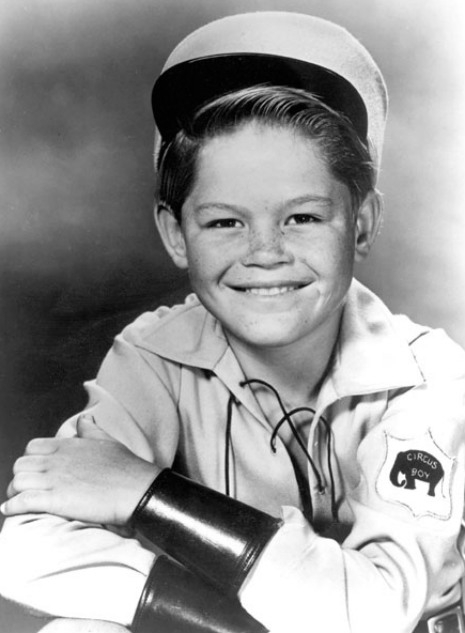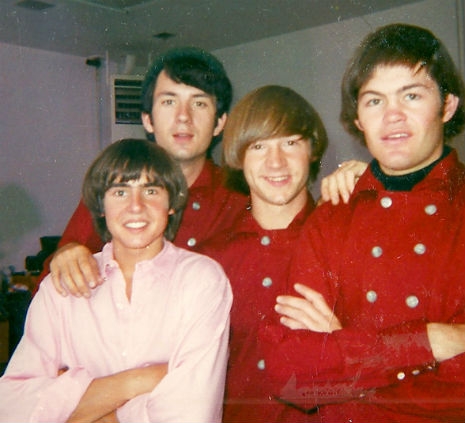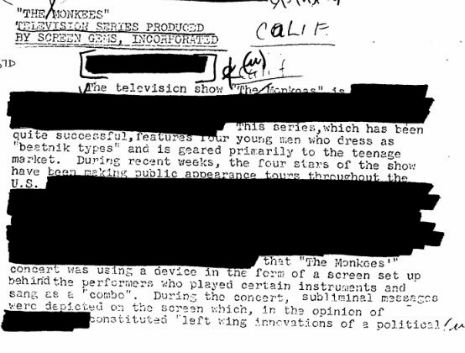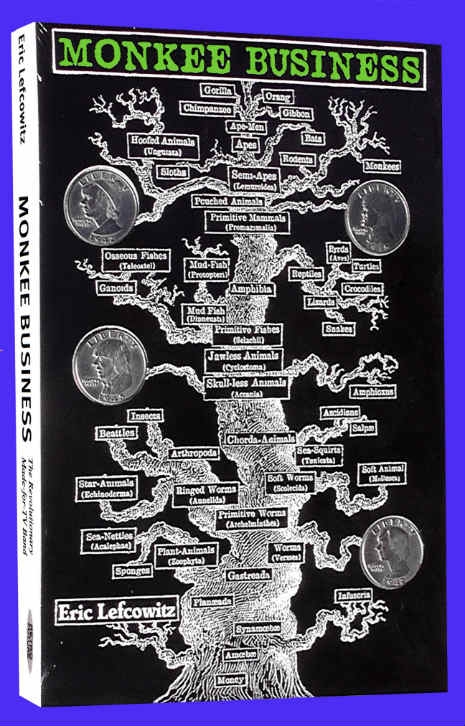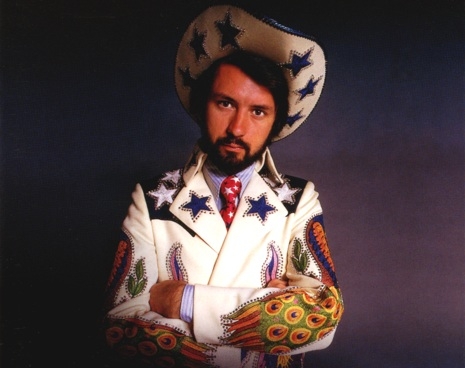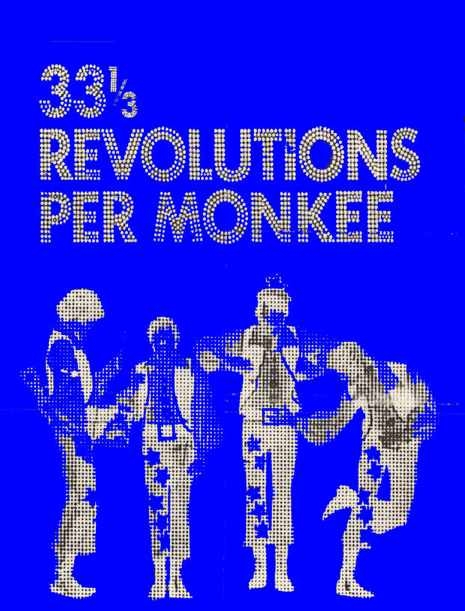
Gathering up the reactions of remaining Monkees Mike Nesmith, Micky Dolenz and Peter to the passing of Davy Jones
Mike Nesmith:
All the lovely people. Where do they all come from?
So many lovely and heartfelt messages of condolence and sympathy, I don’t know what to say, except my sincere thank you to all. I share and appreciate your feelings.
But let’s not get ahead of ourselves here.
While it is jarring, and sometimes seems unjust, or strange, this transition we call dying and death is a constant in the mortal experience that we know almost nothing about. I am of the mind that it is a transition and I carry with me a certainty of the continuity of existence. While I don’t exactly know what happens in these times, there is an ongoing sense of life that reaches in my mind out far beyond the near horizons of mortality and into the reaches of infinity.
That David has stepped beyond my view causes me the sadness that it does many of you. I will miss him, but I won’t abandon him to mortality. I will think of him as existing within the animating life that insures existence. I will think of him and his family with that gentle regard in spite of all the contrary appearances on the mortal plane.
David’s spirit and soul live well in my heart, among all the lovely people, who remember with me the good times, and the healing times, that were created for so many, including us.
I have fond memories. I wish him safe travels.
Peter Tork posted the following on his Facebook fan page:
”It is with great sadness that I reflect on the sudden passing of my long-time friend and fellow-adventurer, David Jones. His talent will be much missed; his gifts will be with us always. My deepest sympathy to Jessica and the rest of his family. Adios, to the Manchester Cowboy.
Peace and love, Peter T.”
Micky Dolenz released a statement:
“I am in a state of shock; Davy and I grew up together and shared in the unique success of what became The Monkees phenomena. The time we worked together and had together is something I’ll never forget. He was the brother I never had and this leaves a gigantic hole in my heart. The memories have and will last a lifetime. My condolences go out to his family.”
Below a forever young Davy Jones makes a prom date with Marcia Brady.






